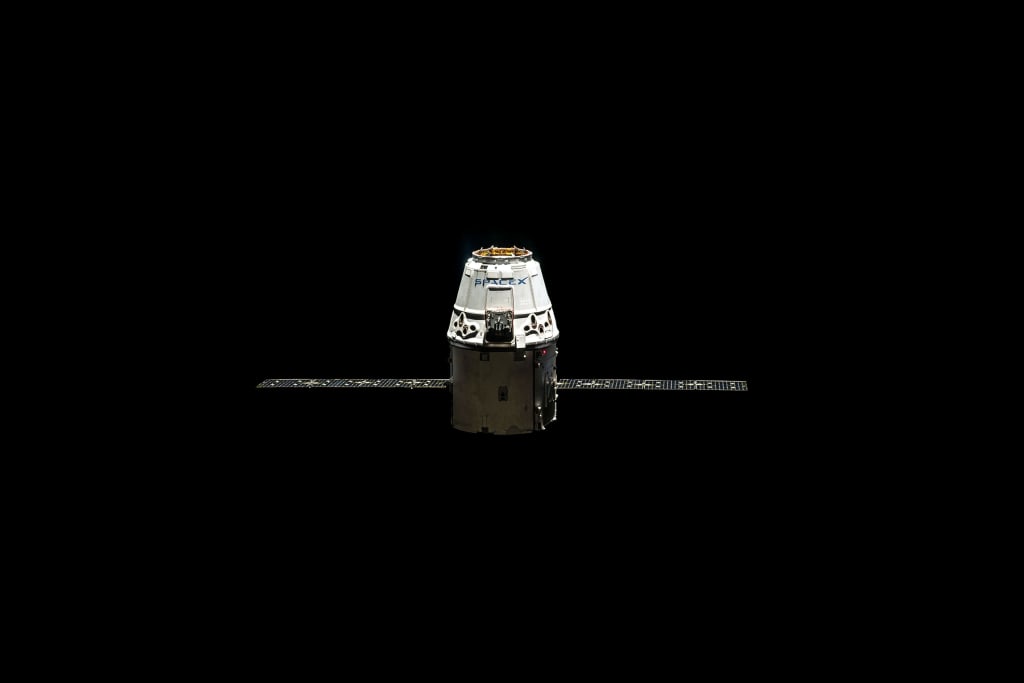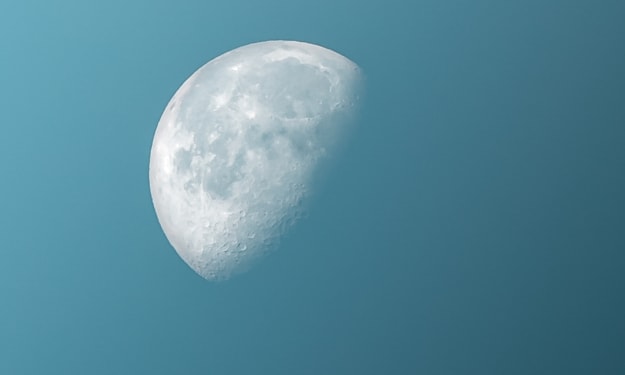Moon Tourism and Future Possibilities
Unveiling the Celestial Frontier for Travel.

In recent years, the idea of space tourism has shifted from science fiction to tangible reality. As private space companies continue to push the boundaries of exploration, the moon has emerged as a captivating destination for future human travel. In this article, we will delve into the potential for lunar tourism and explore the exciting possibilities that lie ahead, including the emergence of lunar resorts, the concept of spaceports, and the future of human presence on the moon.
The concept of lunar tourism envisions a future where individuals can embark on once-in-a-lifetime journeys to the moon. Space tourism companies, such as SpaceX and Blue Origin, are actively developing spacecraft capable of transporting passengers beyond Earth's atmosphere. These vehicles will offer a unique and awe-inspiring experience, taking travelers on a journey to witness the Earth from space and potentially landing on the moon's surface.
Lunar resorts are envisioned as potential destinations for lunar tourists. These resorts would provide accommodations and amenities for visitors during their stay on the moon. Although the development of lunar resorts is still in its early stages, architects and designers have started exploring innovative concepts for lunar habitats and luxury accommodations. These structures would need to be designed to withstand the harsh lunar environment while providing comfort and safety for guests. The vision of gazing at Earth from a lunar resort, experiencing the moon's surface firsthand, and participating in extraterrestrial activities is an enticing prospect for adventurous travelers.
To support lunar tourism, the concept of spaceports is emerging. Spaceports would serve as launch facilities for spacecraft traveling to the moon. They would provide the infrastructure and support necessary for safe and efficient launches, ensuring a seamless experience for lunar travelers. Spaceports could potentially be established in various locations on Earth, acting as gateways to the moon and serving as hubs for lunar tourism activities. These spaceports would not only cater to commercial space travel but also support scientific missions, satellite launches, and other space-related activities.
The future of human presence on the moon extends beyond tourism. Moon colonization and the establishment of permanent settlements have been subjects of interest and research. The moon's proximity to Earth makes it an attractive location for scientific research, resource extraction, and potential stepping stones for further space exploration. Establishing a sustained human presence on the moon would require the development of infrastructure, including habitats, life support systems, and resource utilization technologies. As advancements continue to unfold, the dream of humans living and working on the moon may become a reality.
While lunar tourism and future lunar settlements hold immense potential, several challenges must be addressed. Safety remains a top concern, as space travel, especially to the moon, involves inherent risks. Extensive training and robust safety measures will need to be in place to ensure the well-being of lunar tourists and future lunar settlers. Additionally, the environmental impact of lunar tourism and colonization must be carefully managed to protect the moon's delicate ecosystem and preserve its scientific value.
Regulatory frameworks and international cooperation will play a vital role in shaping the future of lunar tourism and human presence on the moon. Collaborative efforts between space agencies, private companies, and governments will be crucial to establish guidelines, safety standards, and sustainable practices. Clear regulations addressing liability, safety protocols, and resource utilization will need to be established to govern lunar activities and ensure responsible and ethical practices.
In conclusion, the future of lunar tourism holds tremendous potential for individuals to explore the celestial wonders of the moon. The emergence of lunar resorts, the concept of spaceports, and the possibility of sustained human presence on the moon are exciting prospects that inspire our imaginations. While challenges and considerations lie ahead, with careful planning, innovation, and international collaboration, we may witness a new era where the moon becomes a thriving destination for tourism and human exploration. As the celestial gateway beckons, the possibilities for lunar travel continue to capture our fascination and open doors to new horizons.
About the Creator
Enjoyed the story? Support the Creator.
Subscribe for free to receive all their stories in your feed. You could also pledge your support or give them a one-off tip, letting them know you appreciate their work.





Comments
There are no comments for this story
Be the first to respond and start the conversation.